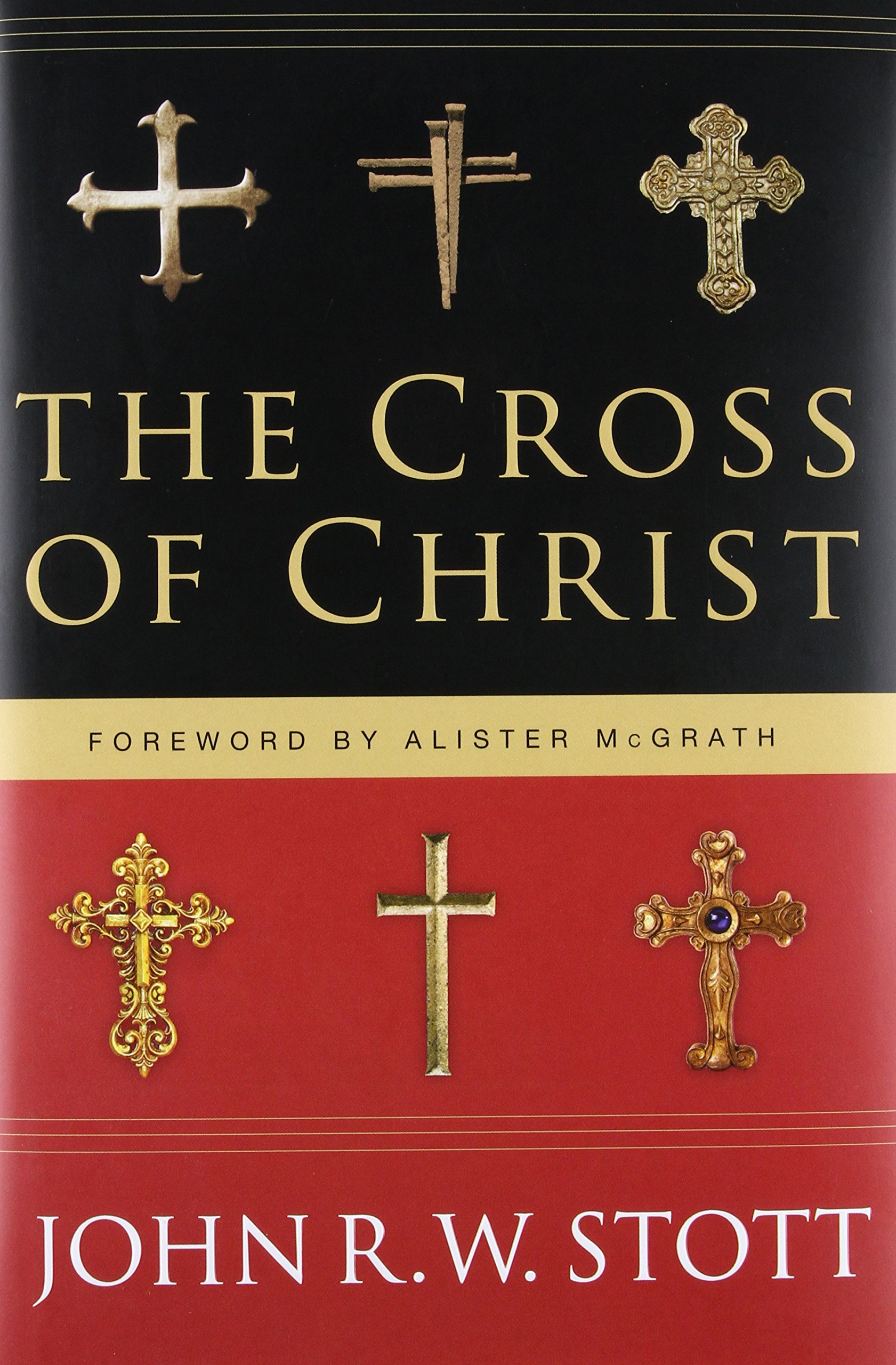A Brief Book Summary from Books At a Glance
By Jenny-Lyn de Klerk
Table of Contents
I: Approaching the Cross
- The Centrality of the Cross
- Why Did Christ Die?
- Looking Below the Surface
II: The Heart of the Cross
- The Problem of Forgiveness
- Satisfaction for Sin
- The Self-Substitution of God
III: The Achievement of the Cross
- The Salvation of Sinners
- The Revelation of God
- The Conquest of Evil
IV: Living Under the Cross
- The Communtiy of Celebration
- Self-Understanding and Self-Giving
- Loving Our Enemies
- Suffering and Glory
Conclusion: The Pervasive Influence of the Cross
Overview
In The Cross of Christ, John Stott aims to provide an extensive theology of the cross, including but not limited to the doctrine of the atonement. He does this by arguing for the centrality of Jesus’ death (to his mission and Christianity’s message) at the hands of Pilate, the Jewish leaders, and Judas, as a voluntary self-substitution for humanity’s sin in response to the problem of a just and loving God forgiving sinful humanity.
Jesus’ substitutionary death resulted in saving us (described as propitiating God’s anger, redeeming us from slavery to sin, legally justifying us before God, and reconciling us to God), revealing God’s justice and love, and conquering evil (thus releasing us from the tyranny of the law, flesh, world, and death). Jesus’ death changes our relationships to God (now characterized by boldness, love, and joy), ourselves (in that we must deny what we are in our fallenness and affirm what we are in our goodness in being created and redeemed by God, in order to live a self-sacrificial life in worshipping God and serving others), others (within and outside the church by following God’s plan for the home and church, working against injustice in the world, and loving your enemies) and to the problem of suffering (which is not meaningless but for God’s glory).
Summary
I: Approaching the Cross
Chapter 1: The Centrality of the Cross
The cross was always central to Jesus’ mission on earth and to Christianity. We see in the Gospels that it was, in fact, central to Christ himself. Jesus came fulfill a mission given to him by the Father. Though Luke does not develop a full doctrine of the atonement in Acts, he does plant the seeds for such development. In Luke’s recounting of Peter’s and Paul’s preaching, the following points shine through as the center of their gospel message:
- Jesus’ death was not only a result of human sin but was also God’s plan
- Jesus died on a tree (which is a theological statement about being cursed)
- The resurrection is central, but it depends on the previous reality of death
Peter, Paul, and John, as well as the books of Hebrews and Revelation, speak to the centrality of the cross. Paul says that Christ’s sacrifice was necessary for salvation, Peter says Christ is our substitute for sin, John says that Jesus death atoned for our sin, Hebrews describes Jesus as a great high priest who made a sacrifice for sin, and Revelation refers to Jesus as the Lamb who died to free us from our sin and who is also the “Lord of all history” (43) and the object of worship. Even more than this, “he will have a central place when history ends and the curtain rises on eternity” (44).
Overall, the New Testament authors placed the cross at the center of their messages and believed that Jesus did too.
Chapter 2: Why Did Christ Die?
The Gospel writers showed that though Jesus died as a criminal on a cross, he was not guilty. Pilate was convinced that Jesus was innocent and thus made many attempts to avoid having to give the verdict on Jesus’ situation. However, it was Judas who handed Jesus over to the priests. The Gospel writers say that Pilate, the Jewish priests, and Judas were guilty for handing Jesus over to be crucified. However, they also say that Jesus was not. . .
[To continue reading this summary, please see below....]The remainder of this article is premium content. Become a member to continue reading.
Already have an account? Sign In
